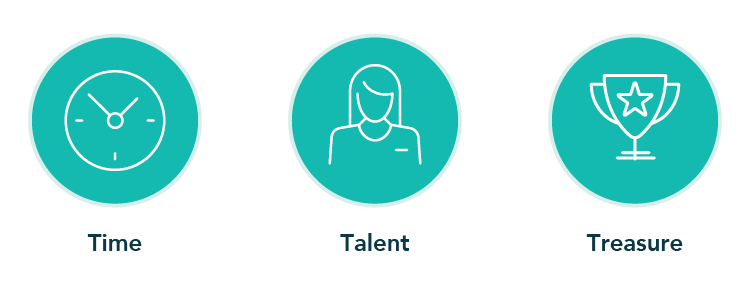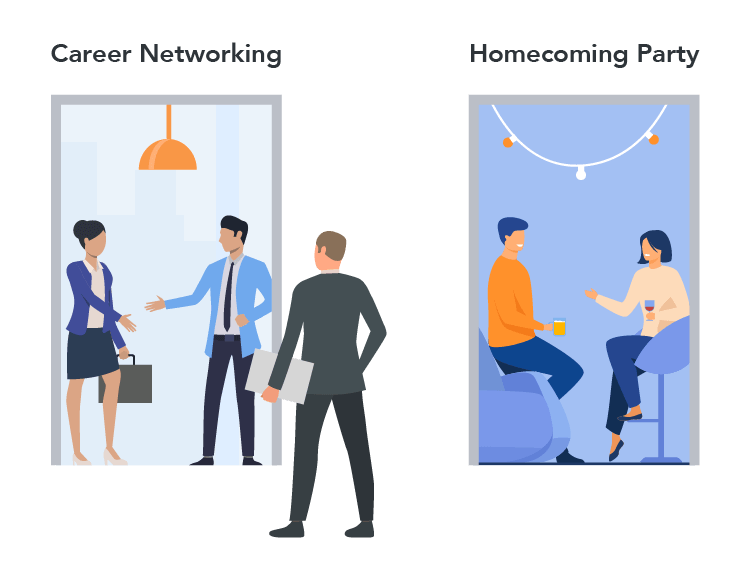Alumni & Advancement
Stewardship for the Younger Generation
PeopleGrove and GiveCampus partnership helps higher education build foundations for the future of fundraising Just like that, we are […]
Alumni & Advancement
PeopleGrove and GiveCampus partnership helps higher education build foundations for the future of fundraising Just like that, we are […]

Just like that, we are officially into 2021. Sometimes it feels like ages since March when the world went into collective upheaval, other times it feels like just yesterday. For advancement professionals, the former is probably more true than the latter.
Without being able to plan the usual large events or meet their donors in person, higher education advancement professionals have been asked to do the impossible in 2020. And yet, institutions and individuals have stepped up, exercised creativity, and managed to build innovative opportunities for their communities to support the mission of the institution. Even selling cardboard cutouts to sporting events.
The year 2020 will have a lasting impact on this work, and many questions have been posed about the future of the industry. Those questions often look ahead to the next generations of donors, all of whom are living through the current recession and many of whom still have memories of the last one just over a decade ago.

The adage that we build ways for alumni to give back their “time, talent, and treasure” was shifting even before the pandemic and that change accelerated in 2020. Instead of social connections, alumni now look for continued value out of their institution and the university network that is so often advertised as such a key benefit to a degree. They are looking for opportunities to grow professionally, engage with mentors, and even get their next job.
Advancement offices need to invest more of their “time, talent, and treasure” into creating that environment for their donors.
Creating this environment takes resources. It requires investment in staff time and talent, marketing strategy and tactics, and budget. But if institutions meet alumni where they are, that investment will undoubtedly pay off.
This also represents a shift in the idea of stewardship. Frankly, even the term conjures up images of high net worth individuals invited to a private dinner with a guest speaker on campus in a secret room even the most recent of graduates never knew existed on campus. The young alum who waited online for hours is given no consideration or thought. Stewardship is in need of a rebranding.
Building a community that meets the demonstrated needs of alumni now shows the willingness of advancement to invest in the future of their alumni and of the institution. It’s time for a stewardship for all approach. We can no longer throw a party (for which we sell tickets, by the way) and expect our younger generations to donate in thanks.

All this is not to say that we have forgotten our younger, not-yet-high-net-worth alumni. There has been plenty in the advancement space that demonstrates both a knowledge of the needs of those constituents and a willingness to innovate to meet those needs.
Universities have re-tooled events, hosted lectures, and delivered unique programming all in an effort to provide those development opportunities. They have also provided different ways that young alumni can financially support their alma mater by focusing on causes important to each individual. And with the campus experience of those right behind them drastically different from their own, young alumni have answered the call in supporting Covid-19 relief initiatives.
Innovation has also happened in the technology used by advancement offices. Online tools have facilitated community based giving, volunteer led campaigns, and more streamlined giving processes. This enables advancement to create and quickly capture the goodwill of their alumni. These future donors will be expecting the best technology from their alma maters and the market has delivered innovative and effective solutions.

This year may prove to be a crucial moment in higher ed advancement. Institutions should recognize that future campaigns will not rely on the Principle and Transformative gifts that made up such an astronomically high percentages of overall campaign giving. Instead, they must rely on a generation of donors that they have stewarded towards a lifelong love and appreciation of their alma mater and are now willing to give back of their time, talent, and treasure.
At PeopleGrove, our approach has always been focused around community. Over the years, we’ve built best-in-class tools to drive meaningful connections between fellow alumni; including tools that guide and educate on networking best practices. As part of that approach, we’ve always looked to work with other best-in-class companies and products to help our university deliver the most cohesive experience and demonstrate crucial outcomes.

To kick off the new year, we were thrilled to announce a partnership with GiveCampus, the world’s leading digital fundraising platform for nonprofit educational institutions. GiveCampus offers a unique set of tools for advancement professionals that make giving easy, intuitive, and rewarding for donors. In 2020, GiveCampus partners were on track to raise 50% more than they did in 2019, even in the face of all this year has thrown at fundraisers.
Using PeopleGrove and GiveCampus together provides alumni teams with an opportunity unlike anything else in the market: a best-in-class ecosystem where alumni can give of their time, talent, and treasure. If institutions are willing to invest those 3 Ts in building this culture among their constituents, they will build a strong foundation of philanthropy in all forms and set themselves up for success in future campaigns.
Learn more about our partnership and product integrations at peoplegrove.com/tour/groveconnect.